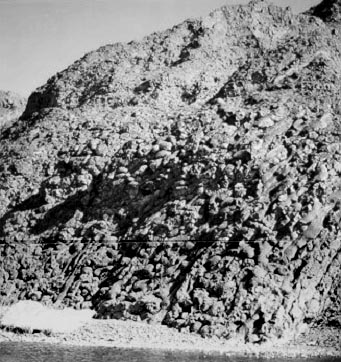 |
HIRANO Naoto Professor Oceanfloor, Science, Tectonics, Geochronology, Geology |
Achievements
⇒ TOHOKU UNIVERSITY Researchers
⇒ ORCID
New kind of volcano, petit-spot, on the flexed Pacific Plate
An outer-rise forms during subduction when old and cold lithosphere bends so that it can sink into the interior of the Earth at the trenches. The flexing is mostly an elastic behavior, but it may also cause brittle fracturing of the downgoing plates. The petit-spot magma escapes to the surface along brittle fractures of the flexed upper lithosphere and occur in the asthenosphere without the magma fed by mantle plume (Hirano et al., 2001; 2006; 2008). The Japan, Kuril, Aleutian and Chile trenches are target areas to find good examples of monogenetic and fracture-related petit-spot volcanoes since the Pacific Plate shows clear evidence of upward flexing at these subduction zone locations based on the reflectivity data to be detected by multibeam bathymetry.
Tectonic reconstructions of the NE Asian and Pacific tectonic plates
Tectonic plates have ever subducted under the NE Asia; otherwise the fragments of the oceanic plate, pillow lavas, lava flows, dikes, gabbros and ultramafic rocks, are obducted on the Japan and NE Russia. The radiometric age and geochemical composition of lavas are powerful tool to reconstruct the tectonic plates subducted during Mesozoic to Cenozoic. On the other hand, Age distributions of the Western Pacific Seamount Province and the alkaline lavas obducted onto the NE Asia would record the Mesozoic plate motion. Outcrop of pillow lavas, the Geotimes, Oman.
Outcrop of pillow lavas, the Geotimes, Oman.
Principal areas of interest
- Volcanism in response to plate flexure
- Tectonic reconstruction of oceanic plate